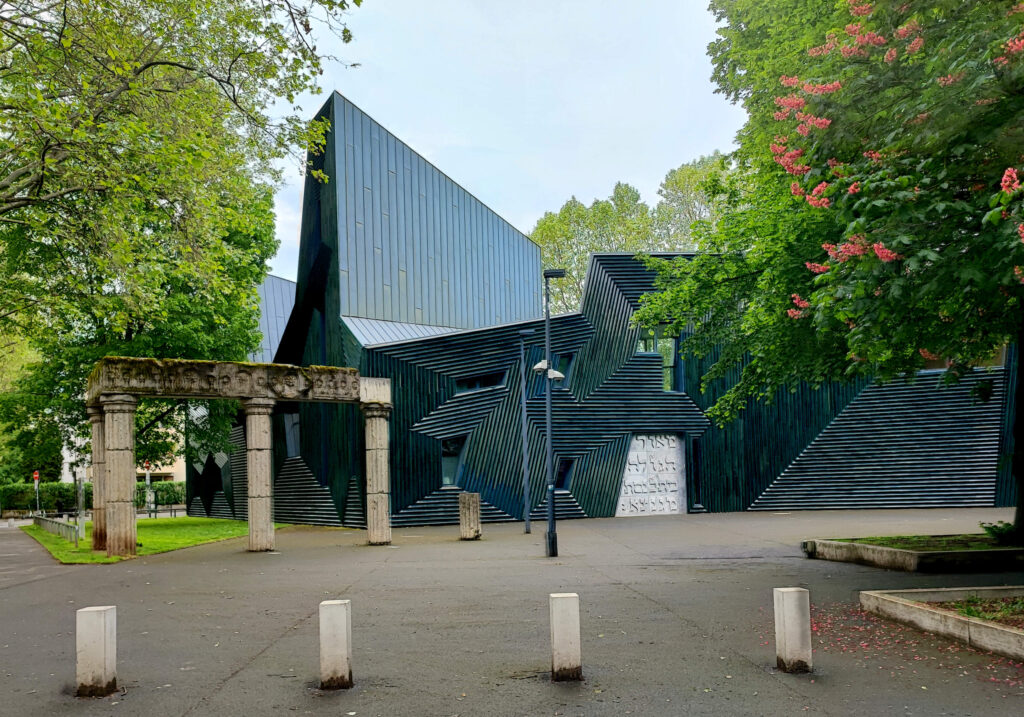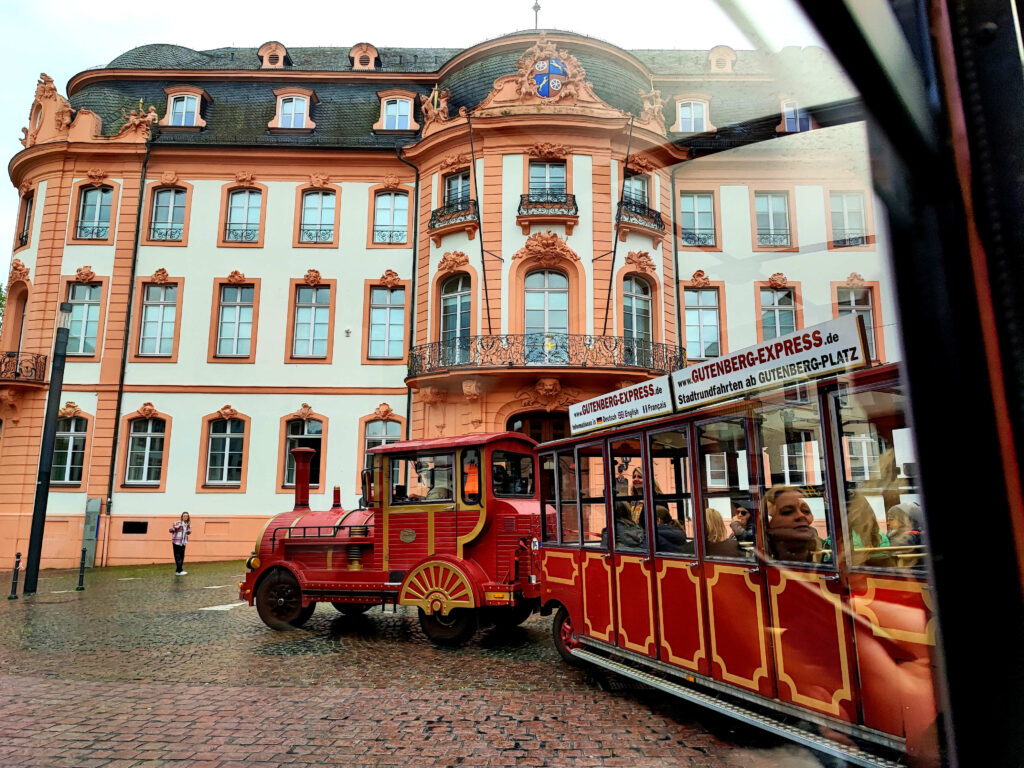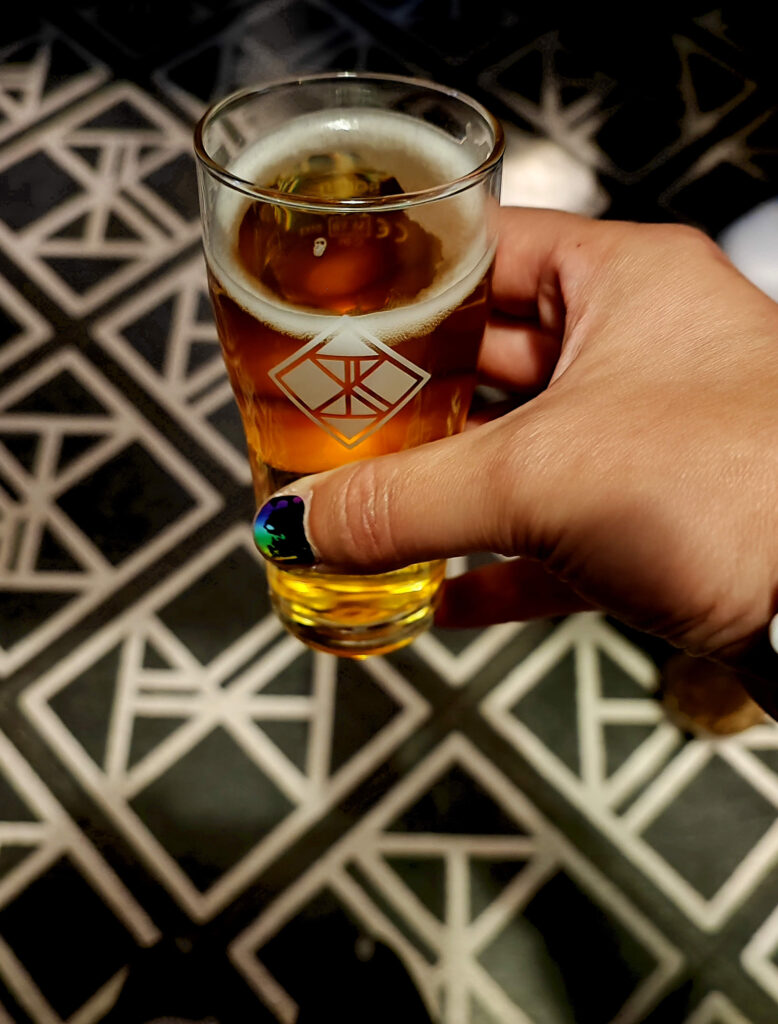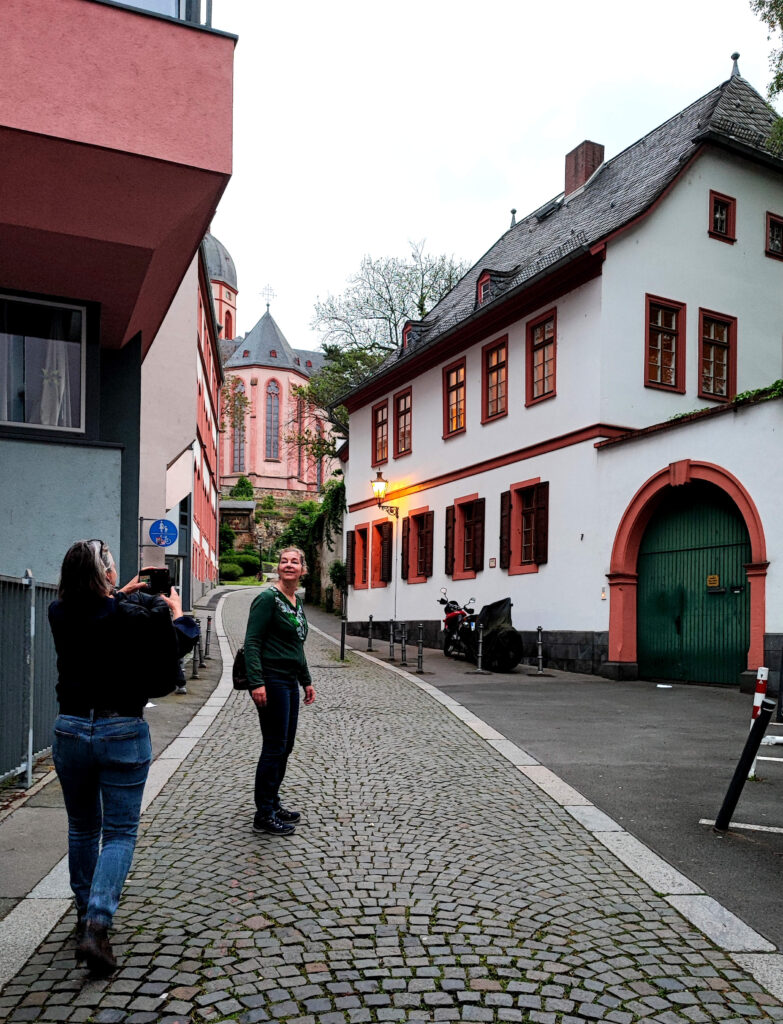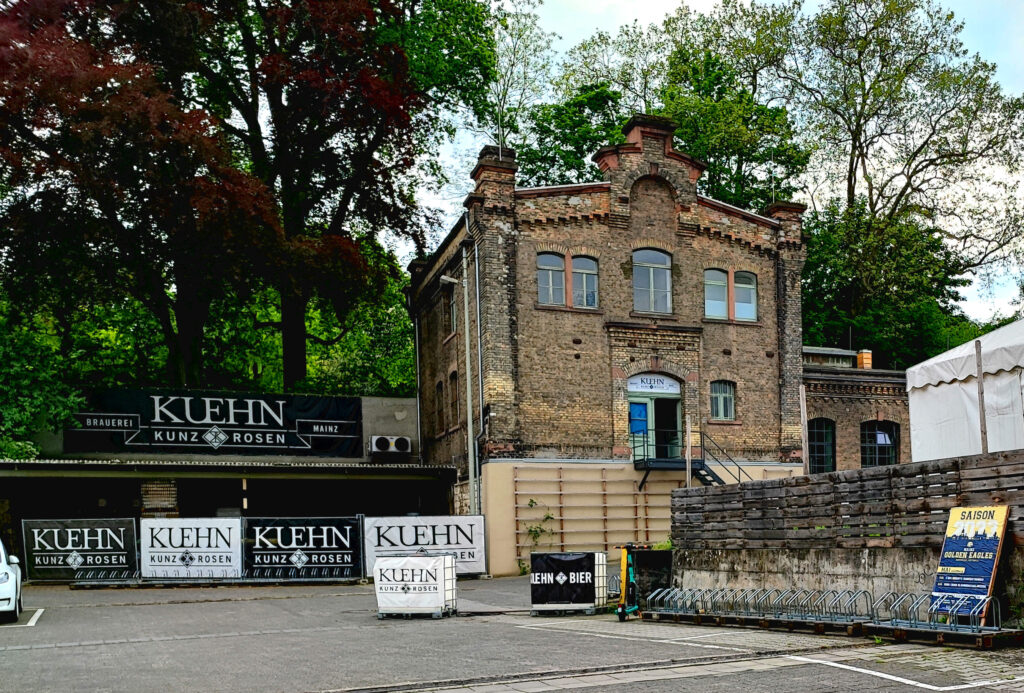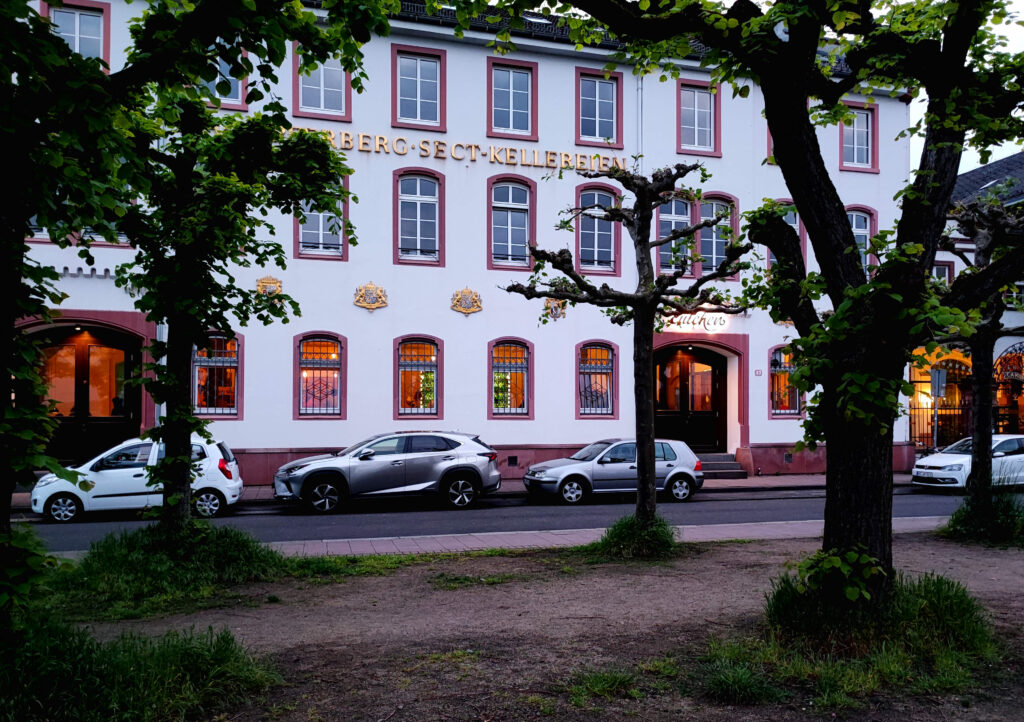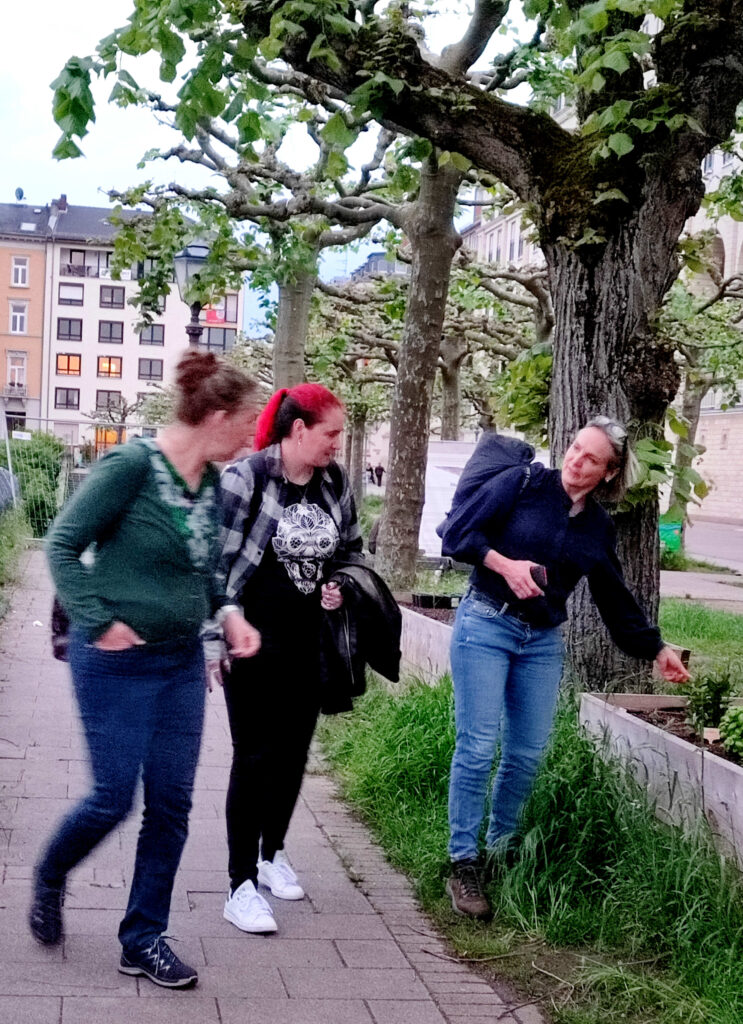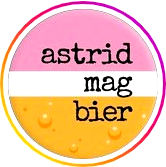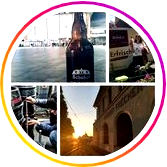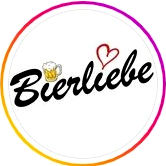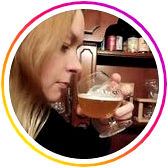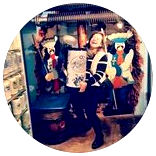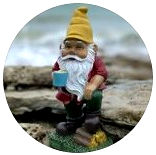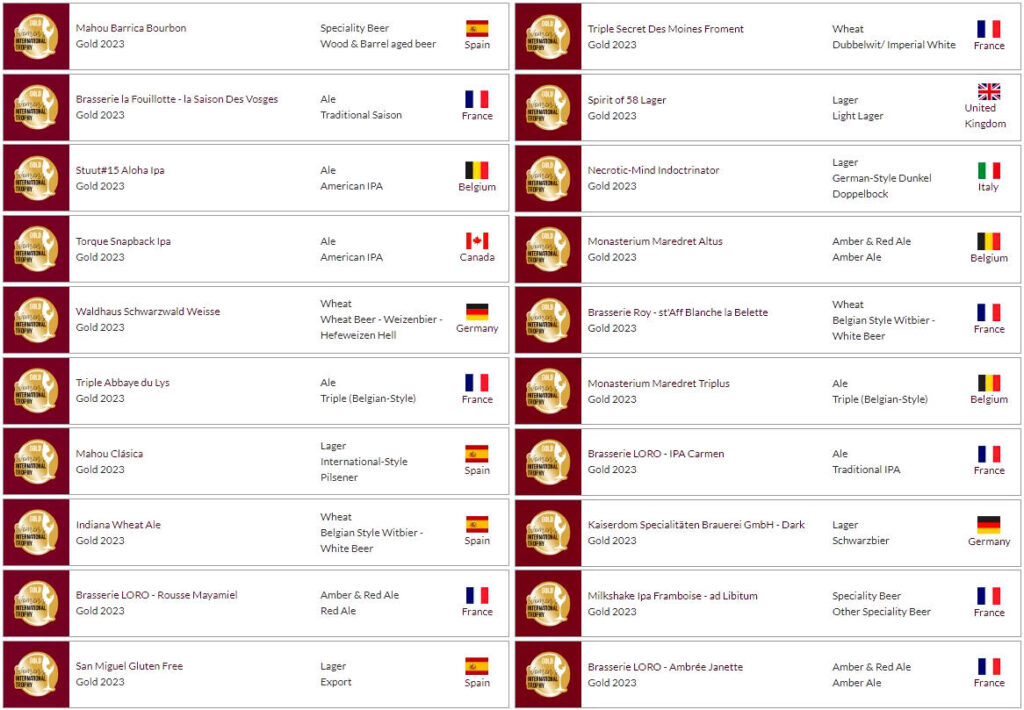Just over a week ago I was one of the lucky few to be selected for the Women’s International Trophy! So together with Judy and Gery (Arjanneke would join us a day later, because she had just won best beer of the Netherlands with their Schwarzbier, so yeah, priorities and all) I travelled to Mainz to judge a lot of beers and explore the city.



The Women’s International Trophy is not entirely unlike the Dutch Beer Challenge, for which I have been a judge for three consecutive years now, but there are some obvious differences. The first and foremost one is that this international jury is intentionally entirely made up of women. The second big one is that this competition is not only for beer, but also for wine and spirits.
So, what is the Women’s International Trophy? According to the website it is the following:
The Women’s International Trophy is a unique event in Germany and a top-level tasting: wines, beers, and spirits from all over the world are tasted by an international jury made up entirely of women. All the tasters, sommeliers, oenologists, etc. are experts in the field. With nearly one thousand samples tasted in 2023, the popularity of this competition is clear.
According to one of the other judges the Women’s Trophy began as a wine and spirits competition three years ago, but already in the second year they added the beer. It is ISO 9001 certified and is organised in Mainz because the city is situated in the heart of Germany’s largest wine-growing region.



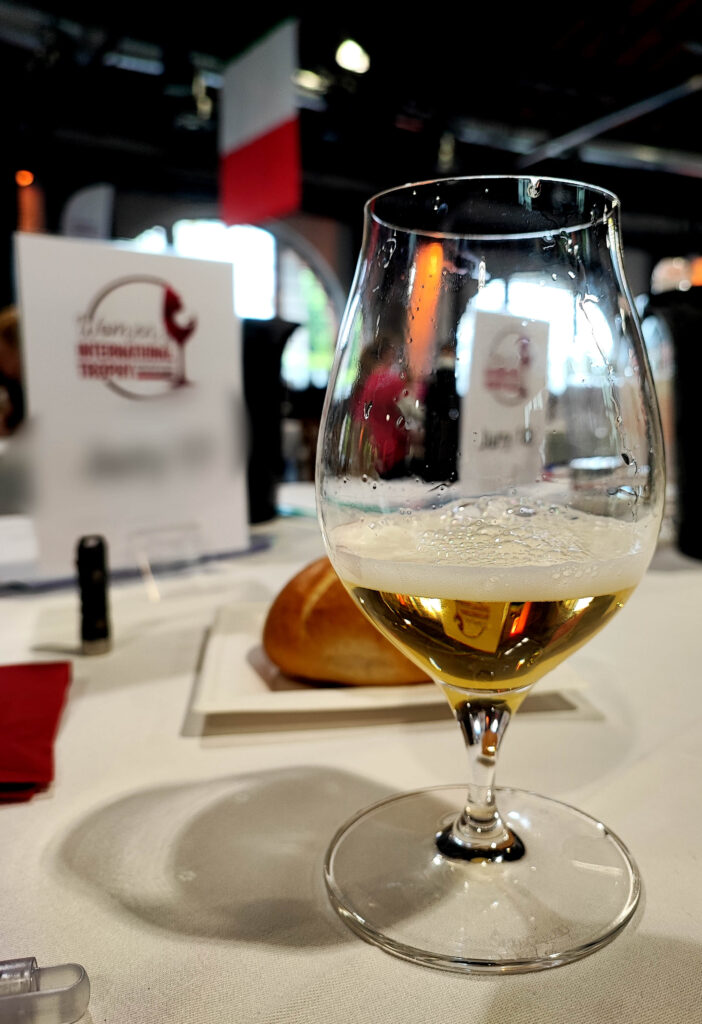
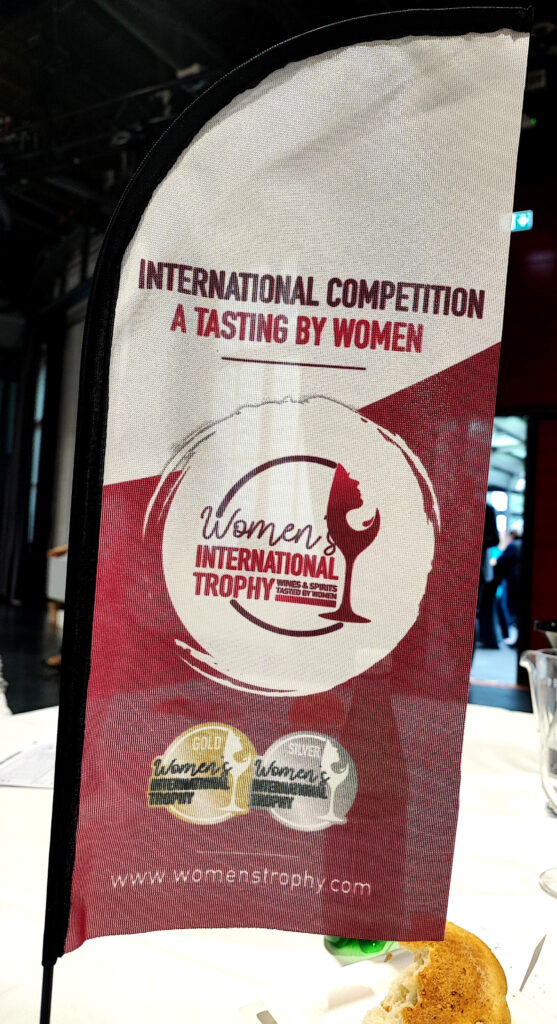
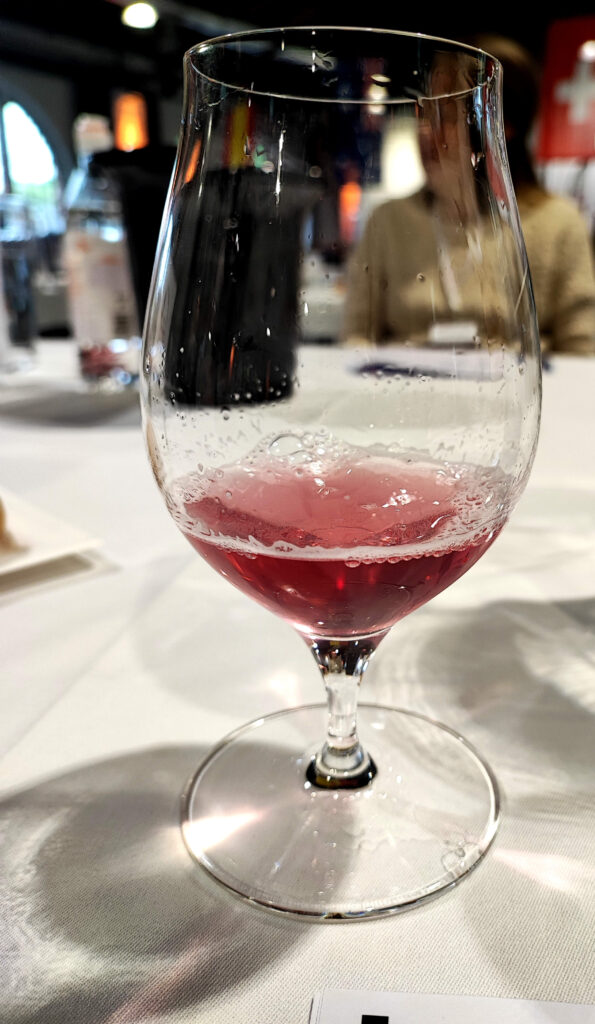
Like in any decent competition the samples are blind-tasted by several judges at once and objectively judged against a clear, written description with a standardised form and method. It is not about liking a beer or any other personal preferences, it is judging the quality of a beer within the category the brewer assigned the beer to. It is important none of the judges are in any way invested in any of the beers and are totally impartial. During and after the competition it is also mandatory to respect the anonymity of the beers, not only for the beers, but also for the judges themselves.
The results of the competition are twofold: The best beers receive medals (beers have to score at least 75 average to be even considered for one), and all brewers receive feedback on their beer.
To judge the beers all judges receive a form with a marking scale and instruction for each beer. In the instruction there is also a description of each beer type we sample. The form basically guides you through the tasting, starting with how the beer looks, how intense the aroma is and its quality, followed by what kind of flavours you could discern, if the beer is balanced, how the flavours evolve into the aftertaste and how you experience the overall mouthfeel (body, carbon dioxide, alcohol, spiciness, hop burn, those kind of things). Lastly you give an overall score and a short written description. Over the course of three (in reality five) hours I had to judge 45 beers in 9 categories, so it is crucial to not chuck the beers, but mostly just smell them and take a sip at most. There is also a spittoon available for every judge. This way you can judge the last beers equally as well as the first and you will not even get slightly tipsy. Sampling 45 beers can sound like a party, but first and foremost it is a profession and one I take very seriously. And it is obvious the organisation takes the competition and the judges serious as well, and treats them like the professionals they are, but that was already apparent before the competition day. For example as a judge you had to apply and be approved by a commission before you were selected to participate and every judge received compensation and feedback afterwards as well.

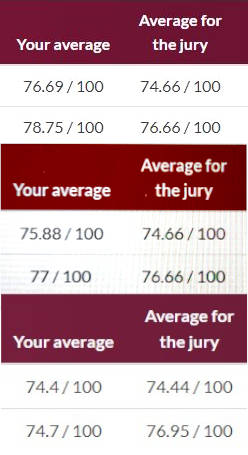
But all in all it was an awesome experience again! Not only do you get to sample a lot of different beers and practice your tasting skills, you also meet colleagues from all around the world (like the ones whose insta-accounts I shared above), and get to explore a new city in the process.
And as said, only three days later the results were already in! 20 beers won a gold medal and 40 won a silver one. Congratulation to all the winners!
After the tasting session, we were all welcomed on a train for a tour through the city and afterwards we explored the rest of the city, especially some of its breweries (KUEHN KUNZ ROSEN brewery and Eulchen Brauerei), some more by foot with other beer tasters. Mainz is not a big city, but it does have interesting landmarks and gorgeous views from the higher parts of town, as well as some steep climbs to get there.
If I get the chance, I will happily participate again next year.
Will you join us as well for this tasting in 2024?
Or will you just join us for the tour de Mainz afterwards?
